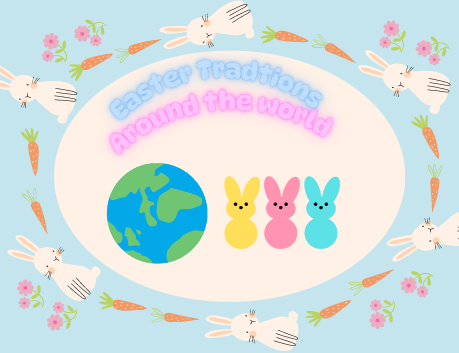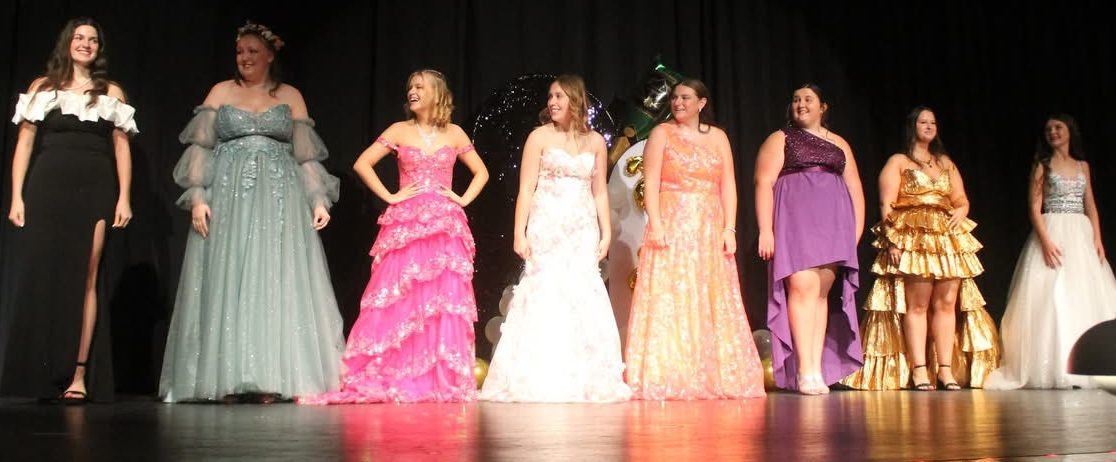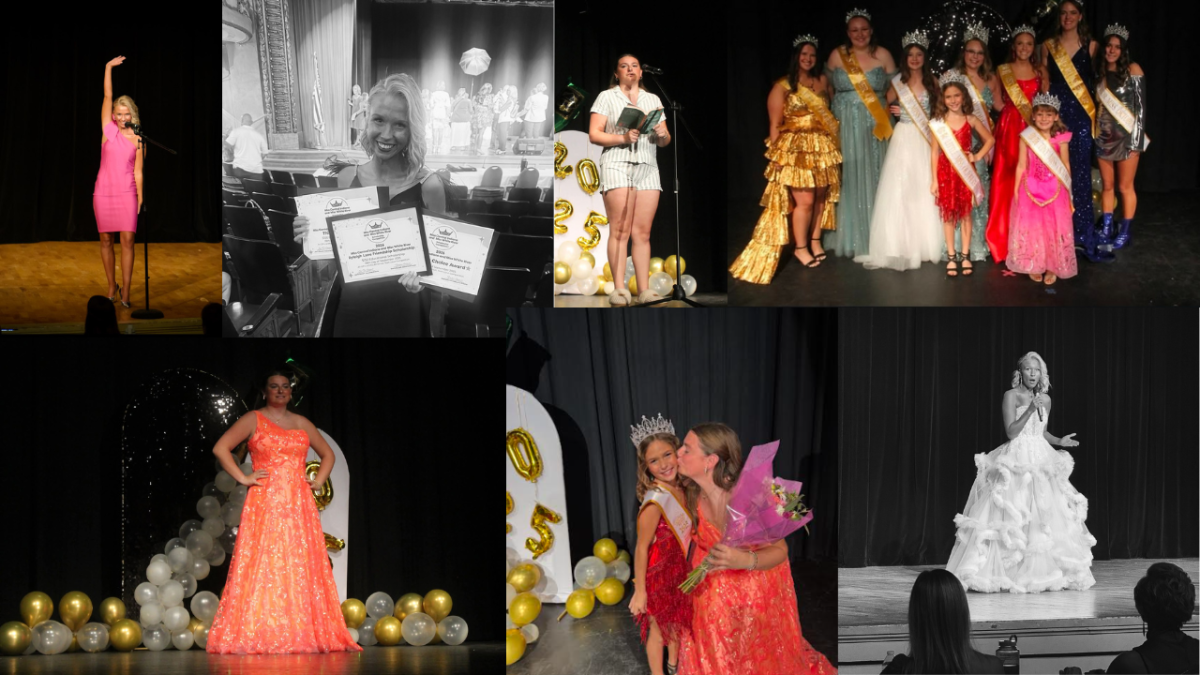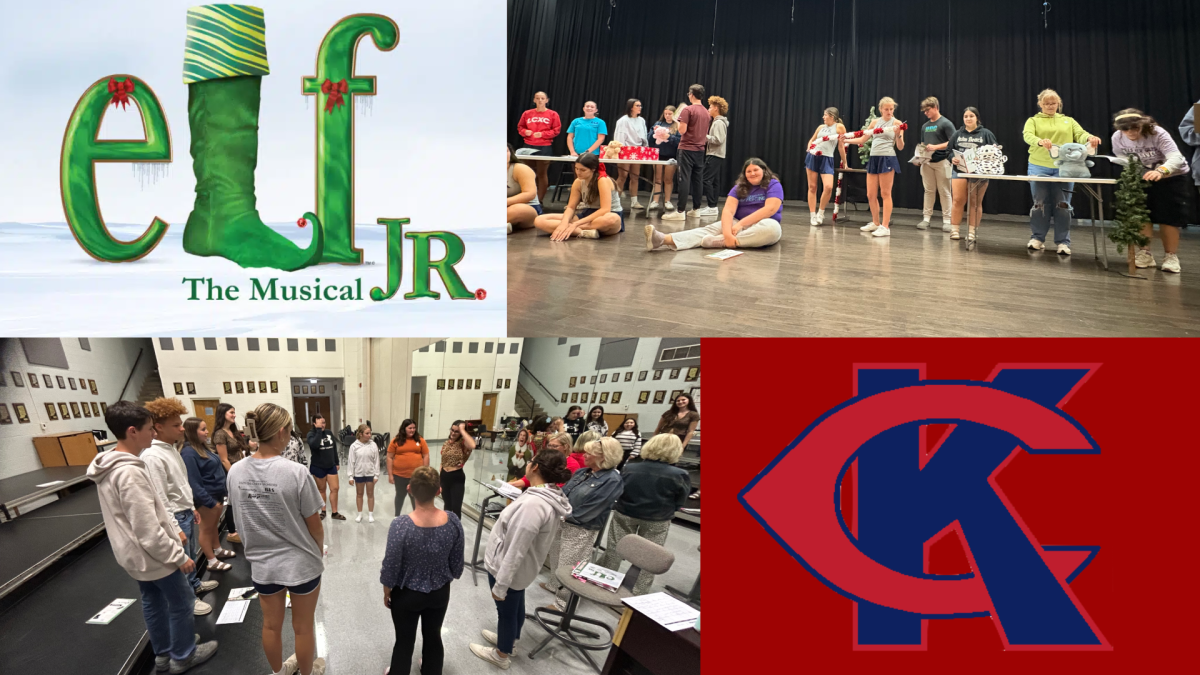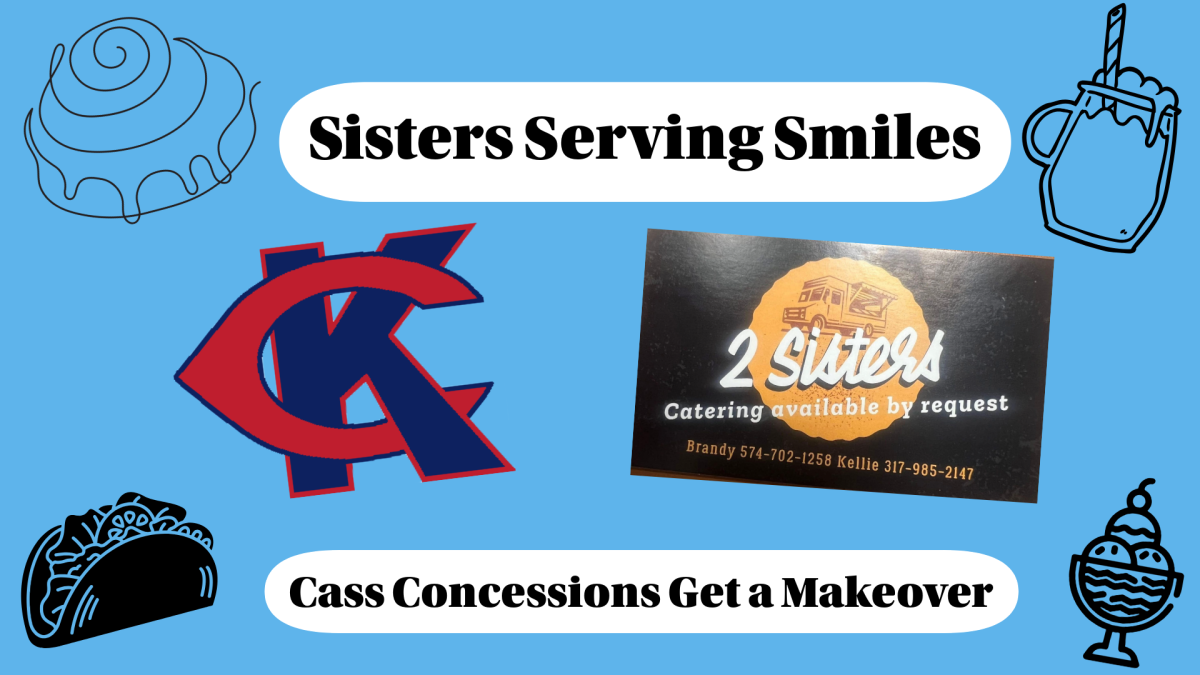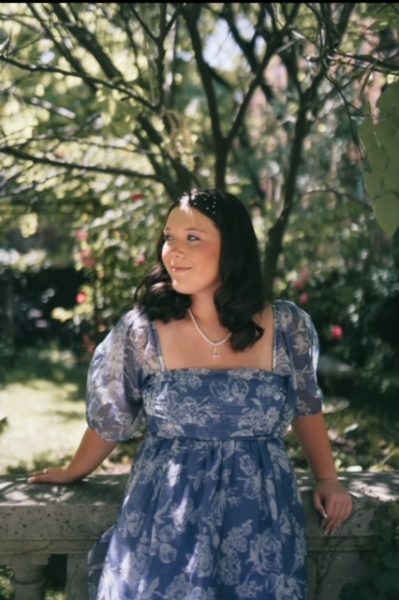Hippity hop, the Easter Bunny is on his way! There are many different Easter traditions all around the world, ranging from Easter egg hunts, family gatherings, church services, parades, and other unique cultural traditions. Lewis Cass students are sharing about their Easter traditions and experiences, and what Easter means to them.
Sophomore, Olivia Parker gave details about what she does for the Easter holiday. Olivia said she does not have too many traditions. However, she and her siblings set up their Easter baskets the night before by gathering the paper grass and decorating their Easter baskets. Then, they are not allowed to go into that room until the morning when the “Easter Bunny” brings them goods, sweets, and presents. They also have Easter dinner around 2 or 3 pm. Parker stated that on Easter, her family “does our Easter baskets pretty early in the morning and then we all kind of relax while mom cooks Easter lunch or dinner.” If the weather is nice, then her family eats outside on their patio; they also play games and watch movies. Olivia said it is just a day when they spend a bunch of time together. Parker said Easter is a calming holiday to her because “it is the day that Jesus was resurrected, and I really think about it every Easter. Easter is also a day just for me to spend a day with my family, and with God, and just to be grateful for what we have on this Earth, and how it could be totally different, but it is not, and this is what we were put here to do. Spend time with family, and spend time with God.”
Different countries have different traditions. In the United States, popular Easter traditions are Easter egg hunts, baskets, services, and family gatherings. According to the pioneer woman, Tierney McAfee, in Poland, they have Smigus Dyngus, which means Wet Monday. On this day, people throw water on each other to bring good luck and fertility. On a different note, families get together in the morning and eat a huge breakfast in Poland. In southwest France, on Easter Monday, families cook a giant omelet large enough to feed 2,000 people. During this, people gather in the streets to watch this giant omelet being made. Lastly, in Bermuda, they fly kites on Good Friday to represent the ascent of Jesus to heaven. So, whether you are flying a kite, making an omelet, or splashing water on each other, Easter traditions vary from country to country.
In talking to the Lewis Cass foreign exchange students, Louisa Joppien, a German exchange student, gave insight on what Easter looks like in Germany, her home country. Louisa said many families hide colorful eggs or candy in the garden, or inside the house, so the kids can look for them, which is pretty similar to the United States. Joppien said, “ In some regions, they are also called Easter fires, where big bonfires are lit. We personally also go to church, which is also very common.” Essi Auvinen said that in Finland, her home country, there are not many traditions that differ from the US; however, they always get Good Friday off from school as a holiday. Similarly to the US, they also get together as families and have dinners. Overall, it seems both Germany and Finland are very similar to the US during Easter.
In conclusion, there are many Easter traditions around the world for families everywhere. Whether it’s Germany, the United States, Poland, Finland, or Bermuda, there are plenty of different things to do on Easter.

